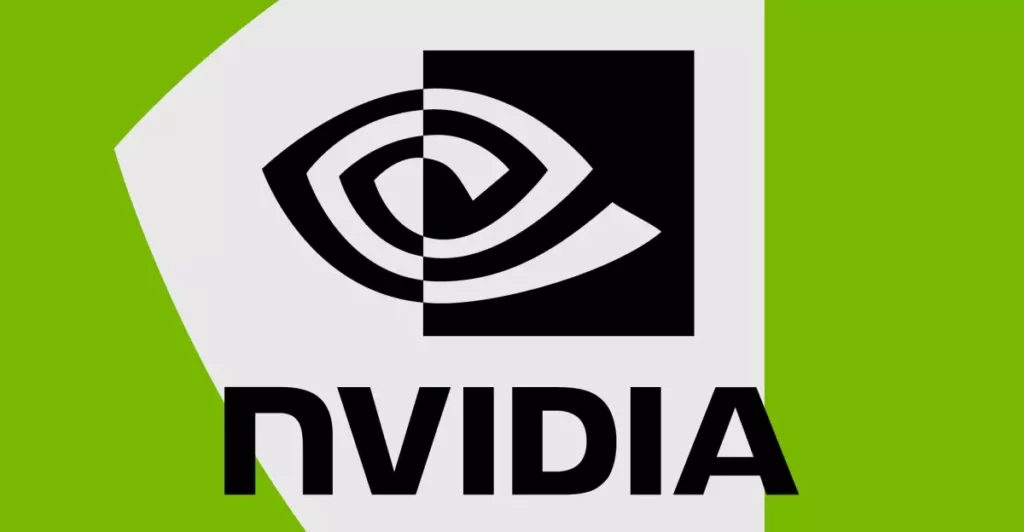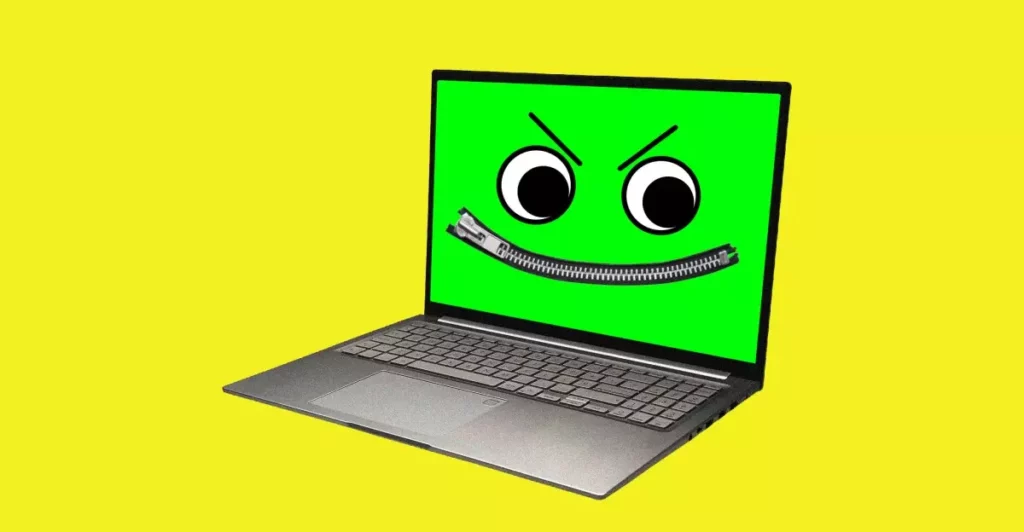In the competitive arena of PC gaming, Nvidia has long basked in the limelight, renowned for its powerful graphics cards and cutting-edge technology. Yet, a disturbing trend has recently emerged, casting a long shadow over the company’s legacy. Rather than seamlessly enhancing the gaming experience, Nvidia’s latest driver updates have brought nothing short of chaos—frustrating a long-loyal user base. With the advent of the RTX 50-series, Nvidia appears to have pivoted from being a leader to grappling with a litany of technical mishaps, raising concerns about the stability of the very ecosystem they built.
Driver Updates That Backfire
The RTX 50-series was expected to redefine what gamers could expect from their rigs. However, the January driver release spun a narrative that was far from the anticipated triumph. Users who had eagerly awaited the new graphics cards quickly found themselves confronting perplexing issues: frequent game crashes, inexplicable black screens, and overall instability. For many, the only remedy available was reverting back to a previous set of drivers—a luxury unavailable for those who had recently invested in Nvidia’s latest hardware. This situation is not just frustrating; it is an outright breach of trust.
What’s more troubling is how Nvidia’s attempts to rectify these troubles have only created more confusion. The release of the 576.02 driver, instead of alleviating the situation, exacerbated the woes. Users shared their heightened dissatisfaction across online forums, expressing resentment over what felt like a constant loop of failed updates. A single hotfix emerging amidst a flurry of unresolved issues served as a feeble band-aid for a gaping wound, offering little hope for those yearning for reliable performance.
The Aftermath of Frequent Hotfixes
The rapid succession of hotfixes—four in a matter of months—points to a serious deficiency within Nvidia’s quality control systems. Such a historical lose-lose situation for a company synonymous with high-performance graphics immediately begs the question: How could Nvidia, once the standard-bearer of excellence, allow such disarray? The continuous cycle of patching shows a state of panic rather than careful management. A red flag for any tech enthusiast is when a company is forced to issue emergency fixes; it feels more like rudimentary problem-solving than an effort to enhance gaming satisfaction.
Despite these hurried attempts, several issues remained unsolved, including persistent flickering graphics in various games and troubling performance drops. This sense of helplessness among consumers feels like a betrayal to those who have been faithful customers. Instead of revolutionary performance and robust updates, they received a continuous stream of issues, dampening their gaming nights and potentially shifting their loyalty to competitors.
The Erosion of Brand Trust
Nvidia’s challenges underline a larger issue related to brand trust and consumer loyalty. Historically, their prowess in creating first-rate GPUs earned them a devoted following. However, as user frustrations reach new heights, many loyal customers are considering alternatives from companies like AMD and Intel. The window for user forgiveness is closing; many gamers are reevaluating their choices as the competition capitalizes on Nvidia’s missteps.
What makes this crisis even more alarming is the unpredictable fallout on Nvidia’s market standing. The RTX 50-series, instead of being spotlighted as an industry milestone, has become a cautionary tale of poor execution. Instead of highlighting ingenuity and cutting-edge features, discussions now revolve around hardware failures and unstable experiences. This discontent among users hints at a shift in the gaming community’s once-unshakeable faith in Nvidia’s capability.
In Search of Stability
The overall demeanor of Nvidia has shifted from one of confidence to one of scrambled attempts at damage control. Their struggle to maintain a stronghold in the GPU market illustrates a larger paradigm that has plagued tech giants whenever they pursue cutting-edge releases. Innovation should not come at the expense of stability, yet here lies Nvidia, trapped in a turbulent cycle of updates and user disenchantment.
Each driver update creates an eternal loop of frustration, where enthusiasts find themselves navigating an endless sea of fixes and rollbacks rather than savoring the enhancements that were promised. The situation calls for serious introspection within Nvidia, demanding they reevaluate their processes and, more importantly, the core mission of delivering a reliable product to their loyal consumers. Only then could they hope to restore the once-sterling reputation that now hangs in the balance.









Leave a Reply